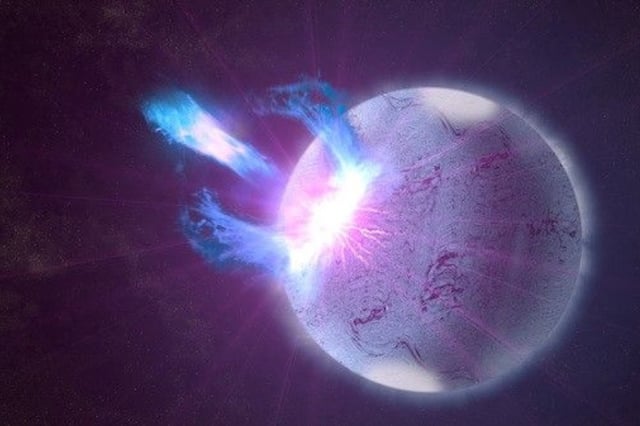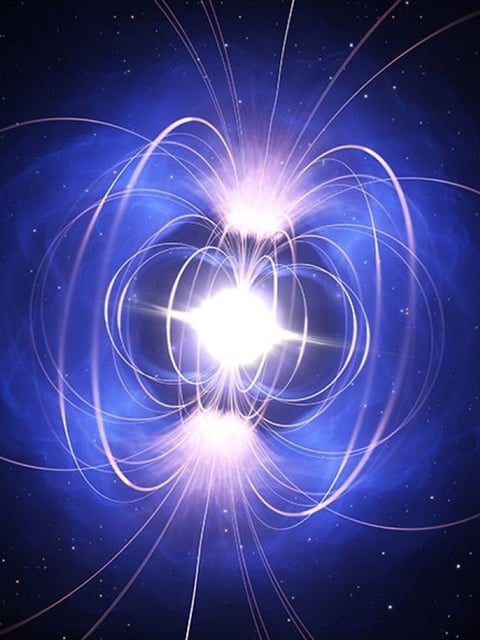Overview
- Researchers identified magnetar giant flares as a second confirmed site of r-process nucleosynthesis, supplementing neutron star mergers in producing heavy elements.
- The study analyzed gamma-ray data from the 2004 SGR 1806–20 magnetar flare, linking delayed emissions to radioactive decay of newly formed heavy elements.
- Magnetar flares, which occur early in galactic history, may account for 1-10% of the Milky Way's heavy elements, including gold and uranium.
- The 2004 flare alone produced approximately one-millionth of a solar mass in heavy elements, equivalent to 27 lunar masses or a third of Earth’s mass.
- NASA’s upcoming COSI mission, launching in 2027, is expected to further characterize r-process signals from future magnetar flares, enhancing our understanding of cosmic chemical evolution.


